Yoga = Super Powers Part 3
Now that you’ve been working on your Yamas and Niyamas you are ready to start working on the second phase towards super powers – Asana, Pranayama and Pratyahara
Asana
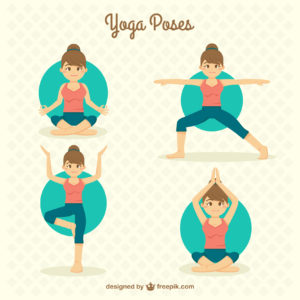
Yoga is all about practice. Mastering it overnight is not practical or possible. It’s a lifelong journey. That is why it is important to keep working on it.
Asana is one of the most common areas of yoga. It is the aspect that people are most familiar with as it is easy to see. Asana is the physical practice of yoga.
Yamas and Niyamas are about keeping you ethically healthy, they are about your Karma. Asana is about keeping your body physically healthy. Without a healthy body there are too many physical distractions to enable you to work on a healthy mind which is the next stage in the process to Super Powers
Physical practice doesn’t need to be yoga; it can be any physical activity that keeps you healthy. Although the classical yoga poses are designed to work on specific aspects of your body as a whole and aid in exercising the mind towards stillness as well as teaching control.
Having a regular practice takes dedication and commitment, both mentally and physically. Whether that practice is everyday or once a week. Whether it is self-practice or attending a class.
It is important to remember that the benefits of an Asana practice are not in being able to obtain the most bendy/ complex poses, but in how you do the poses. The benefits are in concentrating on your control, on using every single muscle correctly and to their full potential, on keeping focus on your breath and moving through the poses slowly and carefully.
It is through this dedication and control that we gain the most out of an Asana practice but also work on disciplining the mind helping us to exercise this muscle and enabling us to work on the next level of control through concentration and meditation.
Pranayama
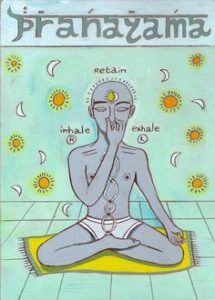 Pranayama is the practice of breath control. Prana is life force and Ayama is the control thereof. This is practiced in part during an Asana practice by using the Ujjayi (Sound) Breath. However, there are many other types of breathing that can be practiced, all with many different benefits.
Pranayama is the practice of breath control. Prana is life force and Ayama is the control thereof. This is practiced in part during an Asana practice by using the Ujjayi (Sound) Breath. However, there are many other types of breathing that can be practiced, all with many different benefits.
Pranayama is seen as the bridge between the body and the mind. This can be clearly seen in day to day life. When a person is stressed, angry or scared their breath becomes short, fast and erratic. When a person is calm, content and happy then the breath becomes long, slow and regular. Being able to calm your breath when you are stressed will go a long way to calming the mind.
Pratyahara
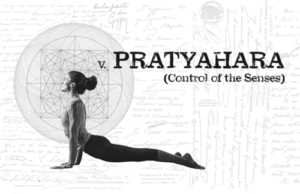
Sense withdrawal – Anyone who has become immersed in an activity of any kind will be able to tell you that they lost track of everything around them. It is this act of withdrawing from the world around us that is Pratyahara. We interact with the world around us through our five senses. All of that information adds fluctuations to our thoughts and makes it harder for us to still the mind. Being able to consciously withdraw from the world around us helps us to be able to find stillness of mind.
It is important to remember that Yoga is the cessation of the fluctuation of the mind. Everything we do on this path is to enable us to find stillness of mind and it is through this stillness of mind that we are able to obtain enlightenment.
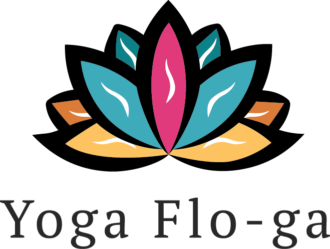
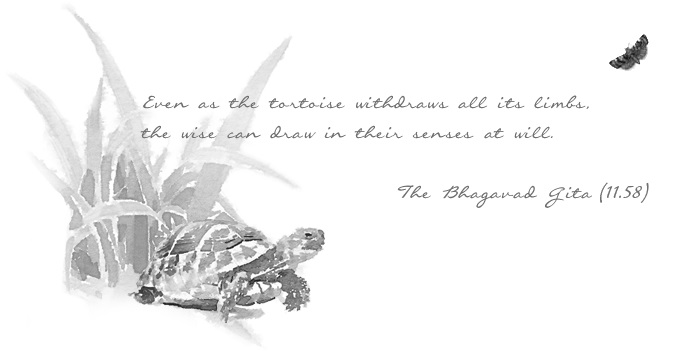
Whoa! This blog looks just like my old one! It’s on a completely different topic but it has pretty much the same page layout and design. Excellent choice of colors!
Thanks 🙂